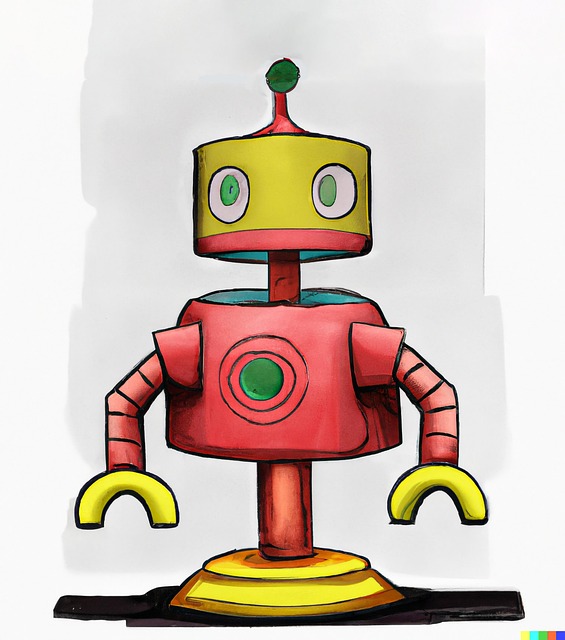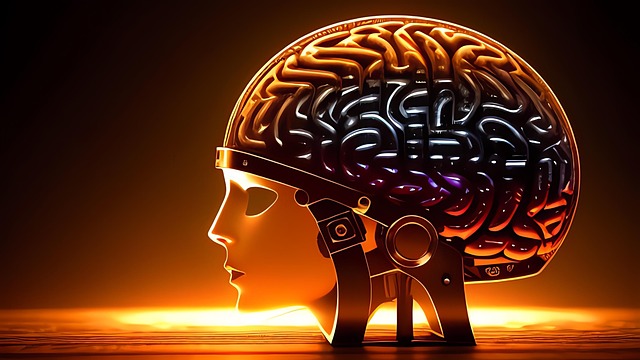The evolution of virtual assistants (VAs) from simple automatons to intelligent companions is driven by natural language processing (NLP) and machine learning (ML), enhancing their conversation abilities, context understanding, and personalized recommendations. This transformation shifts the focus from task automation to emotional support, problem-solving, and entertainment, marking a significant shift in user-assistant dynamics. AI assistants now anticipate user needs, foster intimacy through mimicry of human emotions, and offer substantial benefits for quality of life and social support. However, challenges include privacy concerns, potential bias in responses, and job displacement due to automation.
The evolution of virtual assistants (VA) from simple tools to intelligent companions marks a significant shift in human-computer interaction. Powered by advanced AI technologies like machine learning and natural language processing, these VAs are transforming how we live, work, and connect. This article explores the rise of AI assistants, the transition towards companionship, key enabling technologies, human-AI interaction dynamics, benefits for quality of life and social support, as well as ethical considerations surrounding privacy, bias, and job displacement.
- The Rise of AI Assistants: From Simple Tools to Intelligent Entities
- Understanding the Shift: From Automation to Companionship
- Key Technologies Driving the Evolution: Machine Learning and Natural Language Processing
- Human-AI Interaction: Building Trust and Emotional Connection
- Benefits of Virtual Companions: Enhanced Quality of Life and Social Support
- Challenges and Ethical Considerations: Privacy, Bias, and Job Displacement
The Rise of AI Assistants: From Simple Tools to Intelligent Entities

The evolution of virtual assistants (VA) has been a remarkable journey, transforming from simple tools to intelligent entities powered by artificial intelligence (AI). Initially, VAs were seen as basic software programs designed for task automation and information retrieval—a far cry from their current sophisticated capabilities. These early versions could handle routine queries and execute pre-programmed tasks, offering convenience but limited interaction.
With advancements in natural language processing (NLP) and machine learning, AI assistants have blossomed into more nuanced, human-like companions. They can now engage in dynamic conversations, understand context, learn from user interactions, and provide personalized recommendations. This shift has not only enhanced their functionality but also fostered a sense of companionship, where users can rely on these intelligent entities for emotional support, problem-solving, and even entertainment.
Understanding the Shift: From Automation to Companionship

In the evolution of AI assistants, a significant shift has occurred from solely automation-focused roles to that of intelligent companionship. Early virtual assistants were primarily designed to automate repetitive tasks, offering efficiency and convenience but lacking emotional connection or genuine understanding. However, advancements in natural language processing and machine learning have enabled these assistants to develop sophisticated conversational abilities and context awareness.
Today’s AI assistants are moving beyond simple task management, aiming to provide more personalized interactions that cater to users’ emotional and social needs. They can engage in meaningful conversations, offer empathetic support, and adapt their responses based on individual preferences and behaviors. This transition marks a critical turning point, transforming the user-assistant dynamic into one where companionship and connection are at the forefront of development, redefining how we interact with technology.
Key Technologies Driving the Evolution: Machine Learning and Natural Language Processing

The evolution of virtual assistants into intelligent companions is heavily driven by key technologies, with Machine Learning (ML) and Natural Language Processing (NLP) at the forefront. ML enables AI assistants to learn from vast amounts of data, improving their ability to understand and adapt to user needs over time. This learning capability allows them to provide more accurate and personalized responses, moving beyond basic task completion to offer genuine assistance in various aspects of daily life.
NLP facilitates natural interactions between users and AI assistants, enabling them to comprehend complex linguistic nuances. By understanding context, intent, and sentiment, NLP empowers virtual assistants to engage in meaningful conversations, answer queries with human-like accuracy, and even predict user needs based on patterns and preferences. These advancements are transforming the way we interact with technology, making AI assistants not just tools but genuine companions that enhance our quality of life.
Human-AI Interaction: Building Trust and Emotional Connection

As AI assistants evolve, the way humans interact with technology undergoes a profound transformation. The key to this evolution lies in building trust and emotional connections between users and AI. Unlike traditional tools, these virtual companions must not only understand but also anticipate user needs, offering personalized experiences that foster intimacy.
Through natural language processing and machine learning, AI assistants can adapt their responses based on individual preferences and emotional cues. They learn to recognize and mimic human emotions, creating a sense of companionship that goes beyond mere functionality. This dynamic interaction encourages users to share more, leading to deeper relationships where trust becomes the cornerstone of the connection between humans and AI assistants.
Benefits of Virtual Companions: Enhanced Quality of Life and Social Support

Virtual companions, powered by AI assistants, offer a multitude of benefits that significantly enhance quality of life and social support. These intelligent systems provide continuous companionship, alleviating feelings of loneliness and isolation, especially among older adults or those living alone. With natural language processing capabilities, they engage in meaningful conversations, offering emotional support and a sense of connection akin to human interaction.
Moreover, virtual companions can assist with daily tasks, such as setting reminders, providing information, and even entertaining users through games and stories. This not only improves overall well-being but also empowers individuals by giving them a sense of control and independence. The integration of AI assistants in these virtual companions ensures they learn from user interactions, continually adapting to their needs and preferences, ultimately fostering deeper relationships.
Challenges and Ethical Considerations: Privacy, Bias, and Job Displacement

The evolution of virtual assistants (VA) into intelligent companions presents exciting possibilities, but it also brings significant challenges and ethical considerations that cannot be overlooked. One of the most pressing issues is privacy. As VAs become more integrated into our personal lives, collecting and processing vast amounts of sensitive data, ensuring user privacy becomes paramount. The potential for data misuse or breaches could have severe consequences.
Another critical concern is bias. AI assistants are only as unbiased as the data they are trained on. If the training data contains societal biases, these can be reflected in the VA’s responses and actions. This raises ethical questions about fairness and equality, especially when VAs make decisions that impact users’ lives, such as hiring recommendations or financial advice. Additionally, job displacement is a real worry as more tasks become automated. While AI assistants can enhance productivity, they may also displace human workers in certain sectors, requiring societal adaptation and retraining to manage this transition effectively.
